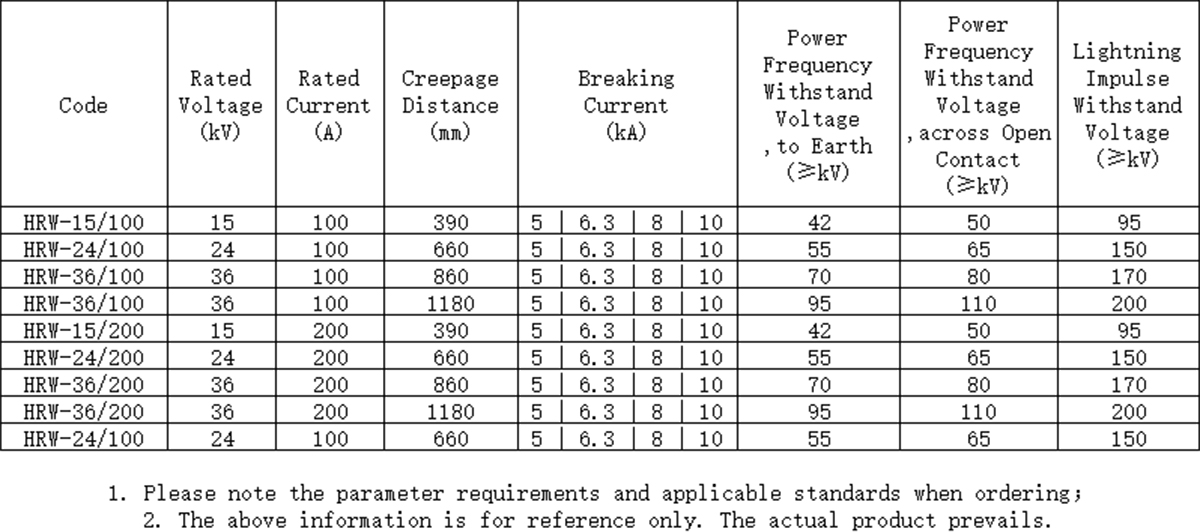A fuse cutout, also called a cut-out fuse, combines a fuse and a switch. It's used in primary overhead feeder lines and taps to safeguard distribution transformers from current surges and overloads. When an over-current occurs due to a fault in the transformer or customer circuit, the fuse inside the cutout melts, disconnecting the transformer from the line and preventing potential damage.
The cut-out fuse has remarkable features. It offers excellent over-current protection, can handle excessive current promptly. With high power frequency withstand voltage and anti-lightning impulse withstand voltage, it's resilient to electrical disturbances from power frequency changes and lightning. It also has high breaking current and mechanical strength, enabling reliable operation under various electrical stresses.
Standards:
IEC 60282-1: 2020, IEC 60282-2: 2008, ANSI / IEEE 37.41, GB/T 15166.3-2023
Specifications:

Application:
The fuse cutout combines a fuse and a switch and is used in primary overhead feeder lines and taps. Its key role is to protect distribution transformers from current surges and overloads, which is vital for maintaining the distribution system's stability and safety.
Features:
● Lightweight and easy to install:
Its design makes installation straightforward in relevant electrical setups, saving time and effort.
● Reliable fault protection:
It can accurately detect and respond to faults, protecting the distribution transformers and the whole electrical network.
● Perfect dropout action:
When the fuse melts from over-current, it has a seamless action to quickly disconnect the transformer from the line as expected.
● Good hydrophobic property:
This helps it perform well in different environments, especially those with moisture, reducing water-caused electrical risks.
● Higher creepage distance:
Its relatively long creepage distance better prevents electrical leakage, ensuring the device's safety and proper functioning in various electrical environments.


















